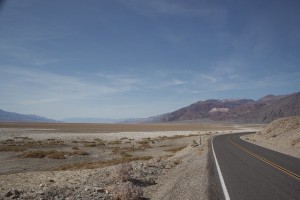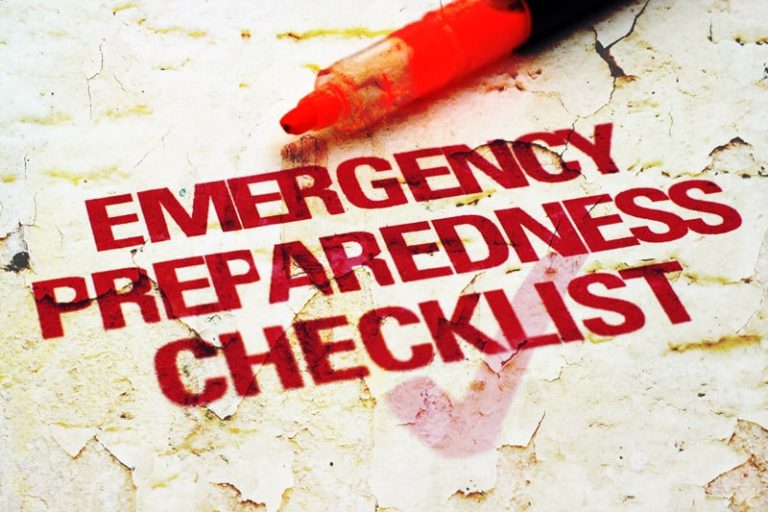California’s Drought

Just over a year ago, California Governor Jerry Brown issued a statewide water conservation mandate. Although conditions are improved, we’re still not quite out of the woods yet. With El Niño not having done as much as expected when it came around this year, the end of the “rainy” season (if there ever really is one in Southern California) is a good time to take a look at how we’re doing overall.
On the local level, California residents did an outstanding job saving water. Major shortages were avoided and regional water sharing is at an all-time high. Across farming regions, efforts are being taken to improve the conditions further. While there were some dry areas, there have been incredible improvements made that aided in agriculture’s continued strong revenue since the drought began.
Unfortunately, rural communities have struggled to find comfort. Over 2,000 domestic wells have gone dry, leaving large numbers without running water. The state’s rivers, wetlands and forests all suffered significant damage. Plant and animal populations declined, with numerous fish species reaching the brink of extinction.
Where the state suffered, poor management certainly played a roll. Accurate data needs to be taken so we can properly estimate the amount of water available and what we need to conserve. Environmental managers were also caught unprepared for such extreme drought. The disaster experienced could have been worse, but it certainly could have been much better.
New policies will be needed to ensure that California recovers from a drought like this, especially since the near future seems to hold a continued one. With people, plants and animals at risk, the drought is a force to be reckoned with that needs immediate attention and lifelong control.




